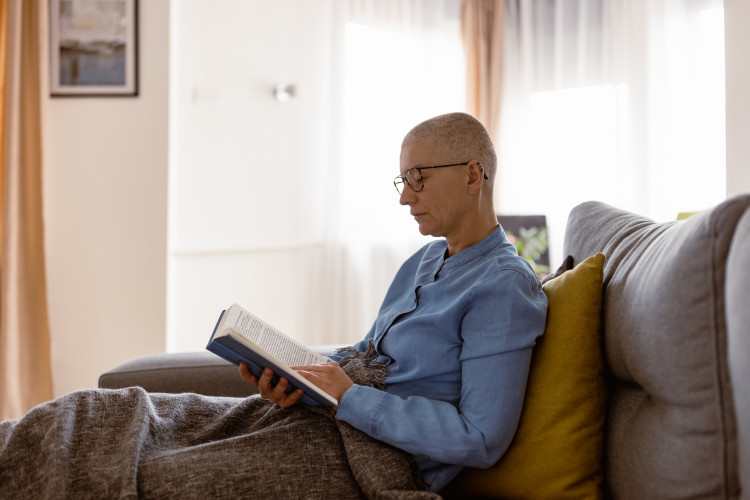We will explore the state of play of cancer care in England and assess the main priorities, including how they align with wider NHS challenges. We will set out the difficult choices that a new plan must confront to enable prioritisation of this complex disease area and consider the balance between taking action to impact patients now versus initiatives to benefit patients of the future.
At Prime Minister’s Questions on 15 September, Liz Truss confirmed the Government’s commitment to publishing a 10-year cancer plan. Work on the plan had begun during her predecessor’s administration, with a call for evidence earlier in the year generating 5,000 responses from a wide range of stakeholders.
Britain has a strong track record of setting out plans for cancer services, with the most recent substantive strategy published in 2015 (Achieving world-class cancer outcomes: a strategy for England 2015-2020). This was just four years after the previous strategy. The commitments in the 2015 strategy were subsequently amplified in the 2019 NHS England Long Term Plan. It’s a well trodden path of evidence review, prioritisation and strategic investment. The World Health Organisation (WHO) is clear on the ‘essential role’ that national health policies, strategies and plans play in ‘defining a country’s vision, policy directions and strategies for ensuring the health of its population’ especially when ‘dealing with the complex range of issues needed to improve health outcomes’.
IT WOULD BE DIFFICULT TO ARGUE THE CASE AGAINST THE NEED FOR A NEW CANCER PLAN.
It would be difficult to argue the case against the need for a new cancer plan. There are more than 200 different types of cancer – some common, some rare — with each diagnosed and treated in its own unique way, placing a significant burden on the health service. 1 in 2 of us will get cancer during our lifetime. You then look at how we are doing as a country compared to others. Our survival rates are some of the worst and, whilst we have been making improvements, this is not at the pace needed to really close the gap, albeit with some notable exceptions in certain cancer types. We also have significant variation in outcomes across the UK, with unacceptable inequalities. And the sting in the tail? The impact of COVID-19. Patients not presenting with symptoms, delays in diagnostics, delays in treatments…analysts suggesting that any progress being made on survival may have drastically stalled.
So let’s assume the Government will see the value of a new plan. It is extremely challenging to be on the receiving end of an overwhelming amount of evidence and opinion on what needs to happen – attempt to address everything and the plan will fail. The fundamental thing that any such plan needs to balance is the action it can take now, for patients in the system in 2023, 2024, 2025, and what it will need to put in place to support the patients of the future. To address improvements for our patients of today there is an urgent need to do two things at once:
Address the cancer backlog and stabilise key cancer pathway timelines
Roll out at pace and scale initiatives that we know will have the greatest impact on survival
Of course these two things aren’t mutually exclusive. The quickest way to address the cancer backlog and also have an impact on survival is to prioritise diagnostics. There are a whole range of proven service models and interventions in this space that simply need to be invested in and prioritised within the system – Community Diagnostic Hubs, bowel screening at an earlier age and lower sensitivity threshold to pick just two examples. There are of course well-rehearsed reasons why we haven’t seen as much progress on these initiatives to date – the main one being capacity. But that doesn’t mean we don’t have capability to go further and faster, we have a world class data system in cancer if we could only direct it to focus on the priority challenges.
WE HAVE A WORLD CLASS DATA SYSTEM IN CANCER IF WE COULD ONLY DIRECT IT TO FOCUS ON THE PRIORITY CHALLENGES.
A word on capacity. We need more kit and more people – these aren’t challenges unique to cancer. Nobody is under the illusion that solving the ingrained workforce problems will be easy, but we can start to take steps to have a future demand-led strategy, routinely publish workforce figures to help planning, and invest now to start to see improvements in the future. Government has to own this, a new cancer plan that doesn’t have this running through its core will fail.
And the patients of the future? Aside from the workforce planning we need a cancer plan that speaks to the transformational power of a flourishing cancer research and innovation agenda. To be fit for the future we need to be able to support more complex research studies, giving opportunities for patients across the country to participate where appropriate. We need to find solutions to allow a more flexible approach to innovation, in medicines and in emerging interventions such as biomarkers for early detection. And crucially we must be able to make those innovations available to all who would benefit and drive down inequity in access.
The Government has the opportunity with a new cancer plan to direct funding (hopefully including some new investment) to those priorities that can have the greatest impact on patients whilst also supporting wider service objectives such as bringing down the backlog. Nobody wants high level commitment and ambition – there is a strong need and want for a tangible plan that we can start to deliver for patients now.








